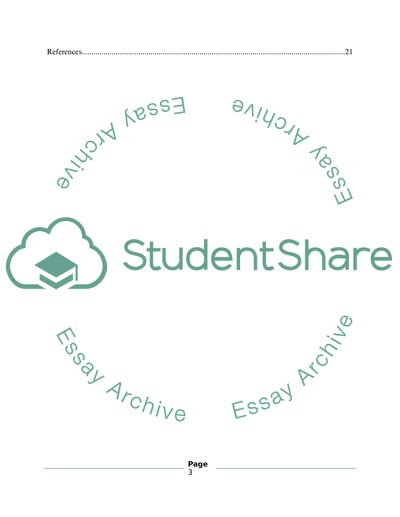Cite this document
(“Managing Diversity and Equal Opportunity Essay Example | Topics and Well Written Essays - 3000 words”, n.d.)
Retrieved from https://studentshare.org/human-resources/1484992-managing-diversity-and-equal-opportunity
Retrieved from https://studentshare.org/human-resources/1484992-managing-diversity-and-equal-opportunity
(Managing Diversity and Equal Opportunity Essay Example | Topics and Well Written Essays - 3000 Words)
https://studentshare.org/human-resources/1484992-managing-diversity-and-equal-opportunity.
https://studentshare.org/human-resources/1484992-managing-diversity-and-equal-opportunity.
“Managing Diversity and Equal Opportunity Essay Example | Topics and Well Written Essays - 3000 Words”, n.d. https://studentshare.org/human-resources/1484992-managing-diversity-and-equal-opportunity.


